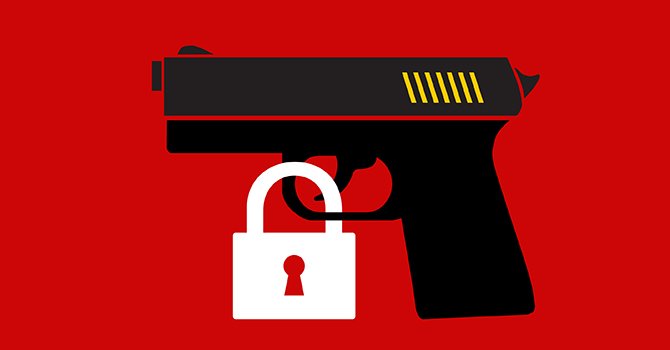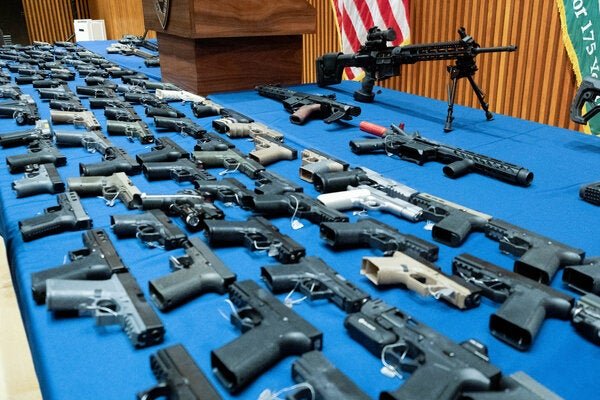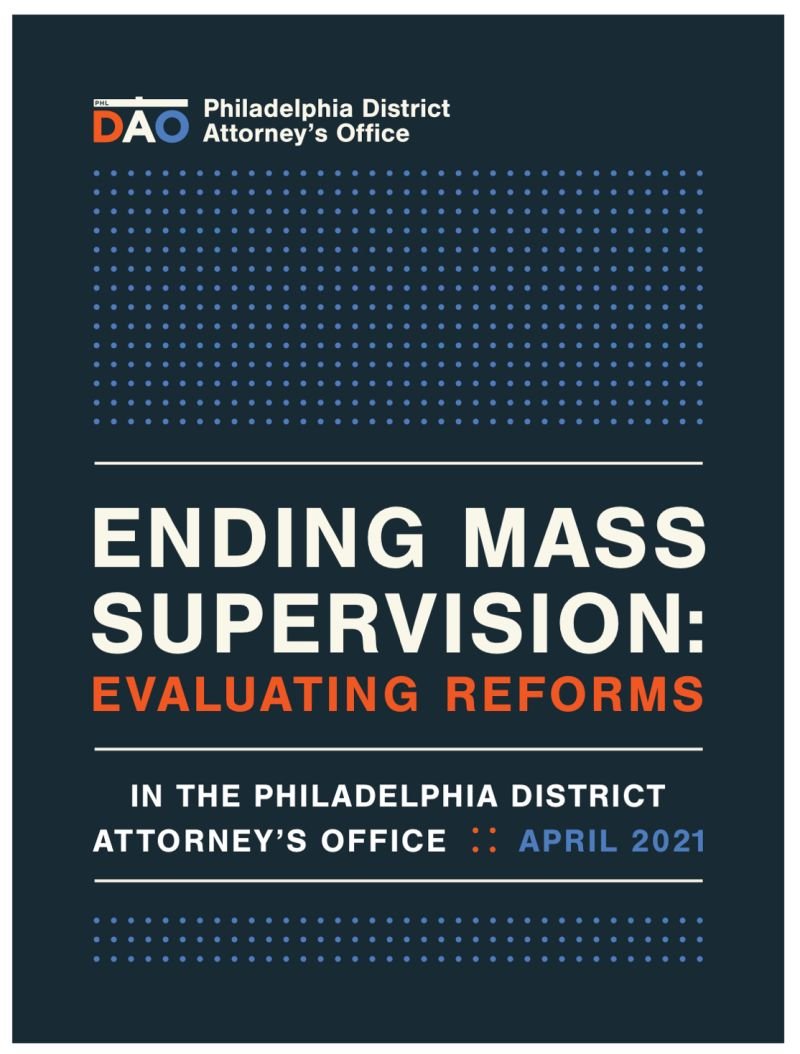By Lord Verdirame KC and Professor Richard Ekins KC (Hon)
The International Criminal Court Act 2001 is an Act to give effect to the Statute of the International Criminal Court (the ICC Statute or Rome Statute). Part 2 of the Act makes provision for the arrest, detention and delivery up to the International Criminal Court (ICC) of persons against whom the ICC has issued an arrest warrant. But section 23 of the Act does not allow any action under Part 2 of the Act to be taken in relation to a person to whom state or diplomatic immunity attaches by reason of a connection with a state that is not a State party to the Rome Statute. The only exceptions to this limitation are if (a) the ICC obtains a waiver from that state or (b) the United Nations Security Council (UNSC) makes a resolution. The ICC has issued an arrest warrant against Prime Minister Benjamin Netanyahu of Israel. Israel is not a State party to the Rome Statute and has not waived state or diplomatic immunity. There is no relevant UNSC resolution. As a matter of customary international law, a Head of Government is entitled to absolute immunity against arrest. For this reason, it would be unlawful, as a matter of UK law and international law, to attempt to arrest Prime Minister Netanyahu. If the Government were to attempt to comply with the arrest warrant it would be acting beyond the parameters of the powers conferred on it by an Act of Parliament and would be violating the UK’s obligations in international law to respect state or diplomatic immunity. To the extent that the Government has indicated that it would attempt to execute an arrest warrant, its actions warrant strong denunciation. Any court hearing an application from the Secretary of State under Part 2 of the Act should reject the application on the grounds that it is incompatible with section 23 and with the rules about state or diplomatic immunity incorporated into and having effect in UK law
London: Policy Exchange, 2024. 17p.























